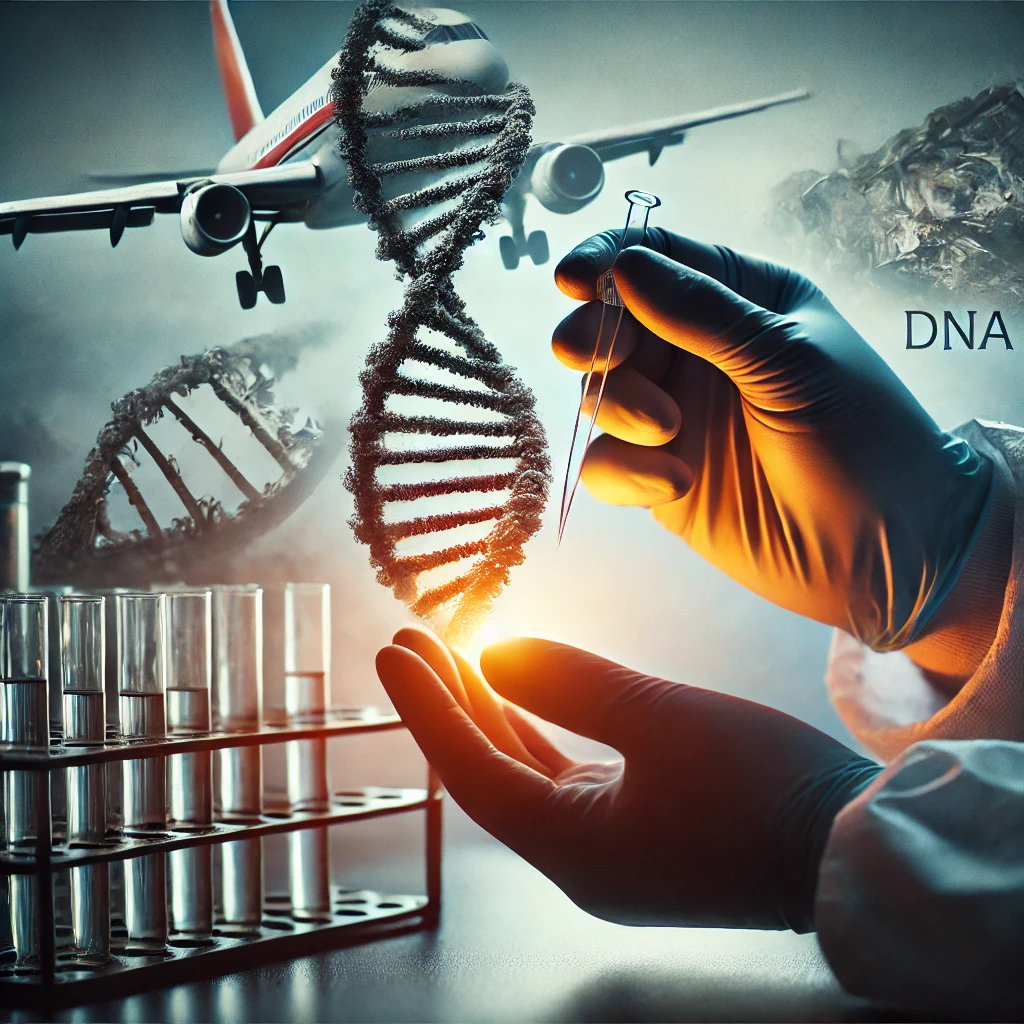Blog Post: Air India Crash: DNA Identification of 184 Victims Offers a Glimpse into the Ongoing Tragedy
Introduction: A Heartbreaking Loss and the Search for Closure
The tragic Air India crash left 241 victims. Learn how DNA identification helped confirm 184 victims’ identities and uncover key details in this ongoing tragedy.
On June 12, 2025, a tragic event shook the world as an Air India flight crashed, leaving 241 people dead, including passengers and crew members. While the grief and devastation continue to affect countless families, forensic teams have made significant progress in identifying the victims. DNA tests have confirmed the identities of 184 individuals so far, offering a glimpse of hope amid the tragedy. This post delves into the DNA identification process, the importance of forensic science in disaster management, and the ongoing investigation that aims to uncover the causes of the crash.
The Air India Crash: A Disaster That Shook the World
The Air India flight 171 crash occurred in Ahmedabad, India, during a routine flight. However, what was meant to be a regular journey turned into an unimaginable catastrophe. The wreckage claimed the lives of 241 individuals, with only one survivor miraculously emerging from the disaster. The incident has sparked widespread concern, with families and authorities desperately seeking answers about what led to the crash.
The DNA Identification Process: A Ray of Hope for the Families
The grief of losing a loved one in a tragedy like this is amplified when victims are unrecognizable due to the impact of the crash. In such instances, DNA identification becomes a crucial tool in the identification process. The authorities have confirmed DNA matches for 184 victims, offering families a sense of closure amidst the painful aftermath.
DNA testing has been conducted by the Forensic Science Laboratory (FSL) and the National Forensic Sciences University (NFSU), who have been working tirelessly to ensure accurate results. These DNA matches are instrumental in bringing families the much-needed peace of mind during an otherwise agonizing period. As of the latest updates, 124 bodies have been handed over to their grieving families, while the efforts to identify the remaining victims continue.
How Forensic Science is Shaping the Investigation
Forensic science plays a pivotal role in uncovering the details of a disaster. DNA identification is just one aspect of the broader forensic investigation, which also includes the recovery of the aircraft’s black box. This crucial piece of evidence will provide insights into the technical issues leading up to the crash, such as the aircraft’s engine thrust, flap deployment, and landing gear status.
The black box data will be critical in uncovering the reasons behind the accident. Investigators are also examining the cockpit’s communication and flight data, hoping to pinpoint any potential malfunctions, human error, or unforeseen circumstances that may have contributed to the tragedy.
H3: The Role of DNA Testing in Disaster Response
DNA testing has become an indispensable tool in post-crash investigations. In past aviation disasters, DNA analysis has helped identify victims more efficiently, allowing for faster closure and less uncertainty for grieving families. As technology evolves, DNA analysis has become even more accurate and reliable, proving its worth as a key component of modern forensic science.
Furthermore, the quick turnaround in this case — with 184 confirmed DNA matches — highlights the advances made in forensic capabilities. The rapid identification of victims is critical not only for providing closure but also for organizing appropriate memorial services and legal proceedings.
The Emotional Toll and the Ongoing Investigation
The emotional toll on the families of the victims is immeasurable. The inability to immediately identify a loved one increases the psychological burden, and the continued DNA testing serves as a glimmer of hope in an otherwise sorrowful journey. The DNA confirmation process offers families some solace, but the pain of loss persists.
Meanwhile, the investigation into the crash is ongoing. Authorities are investigating potential technical malfunctions, human error, and other contributing factors. The Air India crash is a stark reminder of the importance of constant vigilance in aviation safety and the need for continuous improvements in flight technology, pilot training, and crisis management.
Conclusion: A Search for Justice and Understanding
The Air India crash has left an indelible mark on those who lost loved ones. While the confirmation of 184 DNA matches offers some comfort, the pain of this tragedy will resonate for years to come. The ongoing investigation into the crash is crucial, and the hope is that the findings will lead to improved aviation safety standards, preventing such disasters in the future.
We encourage our readers to share their thoughts and condolences for the victims’ families. If you’re interested in further updates on this topic, feel free to explore related resources on our site or leave a comment below.


0 Comment